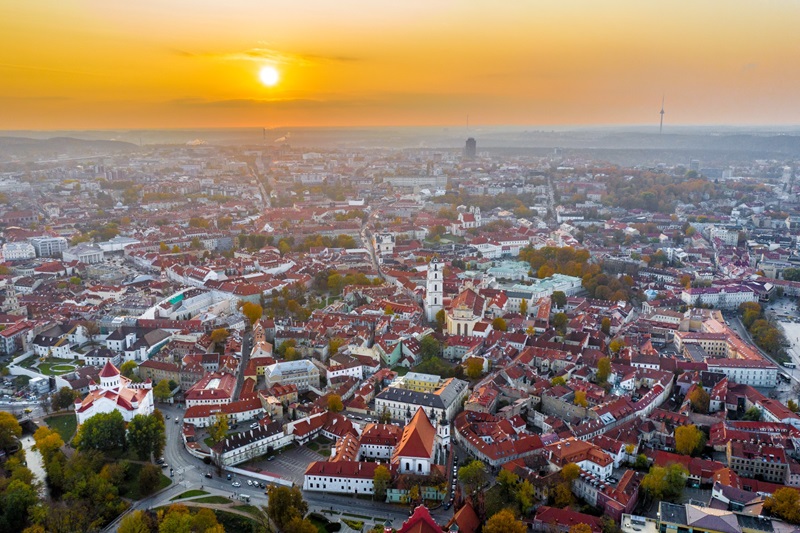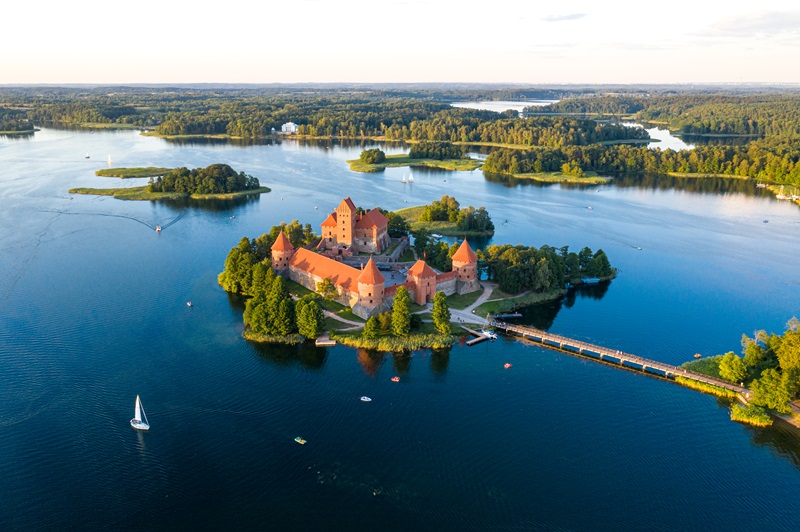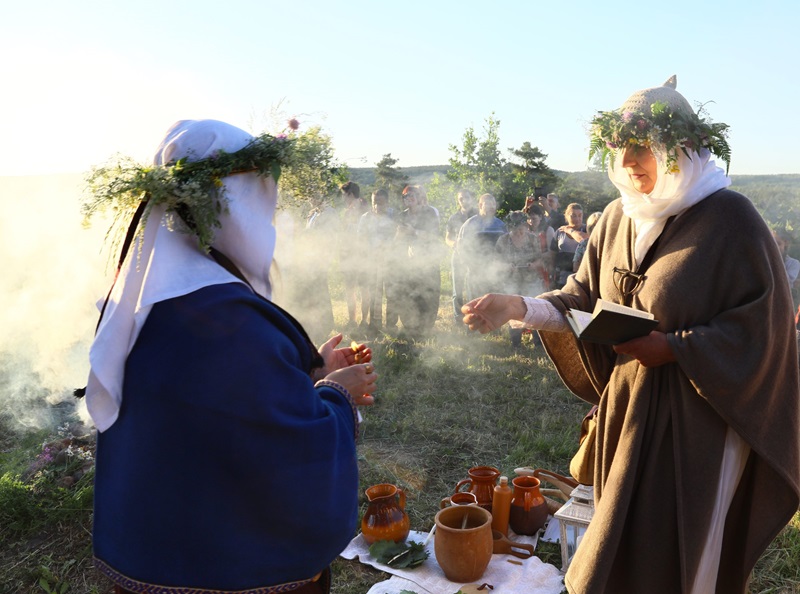
Vilnius
Vilnius is the capital of and the largest city in Lithuania, and the second-most populous city in the Baltic states. The city's estimated July 2024 population was 605,270, and the Vilnius urban area (which extends beyond the city limits) has an estimated population of 708,627.
Vilnius is notable for its old town's architecture, which is considered one of Europe's largest and best-preserved old towns. The city was declared a UNESCO World Heritage Site in 1994. The architectural style known as Vilnian Baroque is named after the city, which is farthest to the east among Baroque cities and the largest such city north of the Alps. [Wikipedia]
Need ideas what to do in Vilnius. The starting portal could be "Go Vilnius". It provides a nice summary of what you can do, see and taste in Vilnius.

Lithuania
Lonely Planet, the global travel authority, has acknowledged Lithuania as the second-best among 30 must-see global destinations and the No. 1 country in Europe. Read more on the Lithuania Travel website.
You may enjoy the video by Jokūbas Laukaitis, "Everything you need to know about Lithuania in 10 mins":

Trakai
The medieval capital Trakai, with a rebuilt castle on an island, is close to Vilnius (about 30 km away).
On June 21-22, 2025, a historical-setting recreation event "The living Middle Ages" will take place in Trakai. The timetable is provided on a website of Trakai Museum.

The midsummer folk festival (St. John's day) on June 24th
Lithuania celebrates St. John's Day on June 24th. While in Lithuania, the school participants will have an opportunity to participate in this mid-summer festival, although the school schedule does not allow a free choice. A list of possible choices is provided here.
